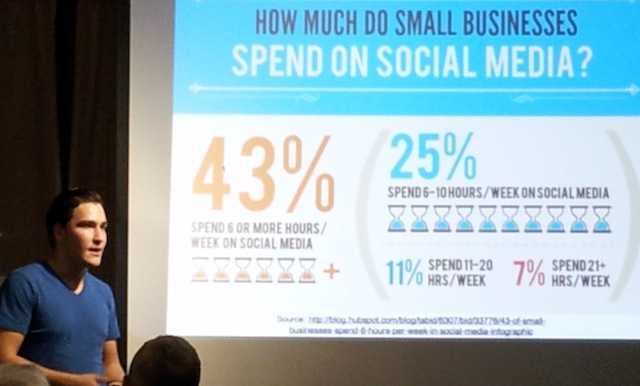So, you’ve heard about this thing called cryptocurrency and you’re thinking, “Should I jump on the bandwagon?” Well, you’re not alone. Cryptocurrency, like Bitcoin and Ethereum, has been making headlines for years, attracting both excitement and skepticism. But before you dive in headfirst, let’s talk strategy.
Understanding Cryptocurrency Fundamentals
Cryptocurrency is digital money that’s secured by cryptography, making it nearly impossible to counterfeit. It operates on a decentralized network called blockchain, which records all transactions transparently and securely. Picture a giant digital ledger that’s open to everyone and cannot be altered retroactively. Pretty cool, right?
Assessing Risk and Reward
Now, let’s talk about the elephant in the room: volatility. Cryptocurrency markets are known for their wild price swings, which can be thrilling for some and terrifying for others. For example, in December 2017, the price of Bitcoin soared to nearly $20,000, only to crash down to around $3,000 a year later. That’s a rollercoaster ride if I ever saw one.
But here’s the thing: with great risk comes great potential reward. Some investors have made fortunes by getting in early on promising projects. Take Ethereum, for instance. Back in 2015, you could snag a single Ethereum token for less than a dollar. Fast forward to 2021, and it’s trading at over $2,000. Not too shabby, huh?
Choosing the Right Cryptocurrency
With thousands of cryptocurrencies out there, how do you know which ones to invest in? Well, it’s all about doing your homework. Start by researching the technology behind each project. Look at the team’s credentials, the problem they’re trying to solve, and whether their solution has real-world applications. Remember, not all cryptocurrencies are created equal.
Take Dogecoin, for example. Initially created as a joke in 2013, Dogecoin gained popularity thanks to its fun-loving community and low transaction fees. But is it a good investment? That’s up for debate. While some see it as a meme coin with little long-term potential, others view it as a legitimate contender in the digital currency space.
Technical Analysis Tools and Techniques
Now, let’s talk about technical analysis. This involves analyzing price charts and market data to identify patterns and trends. Think of it as reading the tea leaves of cryptocurrency trading. You’ve got your moving averages, your RSI, your MACD – all fancy-sounding indicators that help traders make sense of the madness.
For example, let’s say you’re looking at the Bitcoin chart and you notice a bullish divergence forming on the RSI. That could be a sign that the price is about to reverse and head higher. Or maybe you spot a golden cross on the moving averages – another bullish signal that could indicate a trend reversal. It’s like deciphering a secret code, but once you get the hang of it, it can be incredibly powerful.
Fundamental Analysis in Cryptocurrency
Fundamental analysis, on the other hand, is all about digging into the nitty-gritty details of a project. You’re looking at things like the team behind the project, the technology they’re building, and the market demand for their product. Let’s take a look at Cardano, for instance.
Founded by Ethereum co-founder Charles Hoskinson, Cardano aims to create a more secure and scalable blockchain platform. With a focus on academic research and peer-reviewed development, Cardano has gained a reputation for its rigorous approach to innovation. And with partnerships with governments and organizations around the world, it’s poised to make a big impact in the crypto space.
Creating a Diversified Portfolio
They say don’t put all your eggs in one basket, and the same goes for cryptocurrency. Diversification is key to mitigating risk and maximizing returns in your investment portfolio. Sure, Bitcoin might be the king of crypto, but that doesn’t mean you should ignore other promising projects.
Let’s take a look at a hypothetical portfolio. You’ve got 50% of your holdings in Bitcoin for stability, 25% in Ethereum for its smart contract capabilities, 15% in Cardano for its potential to disrupt the financial industry, and 10% in a handful of altcoins for some speculative fun. By spreading your investments across different assets, you’re hedging your bets and increasing your chances of success.
Staying Informed and Updated
Knowledge is power in the world of cryptocurrency investing. With new projects popping up every day and regulations constantly evolving, staying informed is crucial. So, where do you get your news?
Twitter, Reddit, and Telegram are great places to start. You’ll find vibrant communities discussing everything from market trends to project updates. And don’t forget about crypto news websites and podcasts. Whether you’re a beginner or a seasoned investor, there’s always something new to learn in the ever-changing world of cryptocurrency.
Navigating Regulatory Challenges
Last but not least, let’s talk about regulations. Cryptocurrency is still a relatively new asset class, and governments around the world are still trying to figure out how to regulate it. From tax implications to anti-money laundering laws, there’s a lot to consider when it comes to staying on the right side of the law.
For example, in 2021, the U.S. Securities and Exchange Commission (SEC) sued Ripple Labs, alleging that its XRP token was an unregistered security. The lawsuit sent shockwaves through the crypto community and raised questions about the regulatory status of other cryptocurrencies. It’s a reminder that while the potential for profit in crypto is sky-high, so is the potential for regulatory scrutiny.
Conclusion
So, there you have it – your roadmap to success in the world of cryptocurrency investing. Remember, it’s not about chasing the latest hype or trying to time the market perfectly. It’s about doing your research, diversifying your portfolio, and staying informed. With the right mindset and strategy, you can navigate the ups and downs of the crypto market and come out on top.


